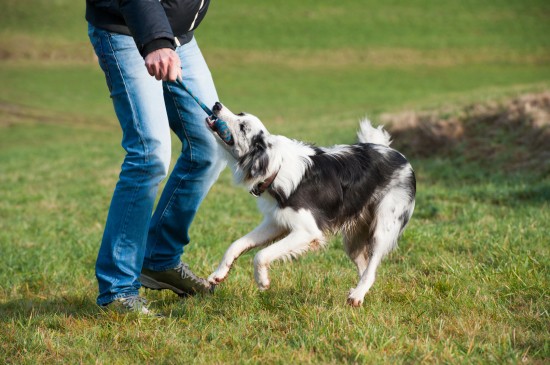
Dog speak is dog speak is dog speak is dog speak! It sounds like a shallow thing, but English Bulldogs and all dogs, for that matter, can speak volumes by the kind of noise they make. These brillian...
Dog speak is dog speak is dog speak is dog speak! It sounds like a shallow thing, but English Bulldogs and all dogs, for that matter, can speak volumes by the kind of noise they make.
These brilliant animals are, at heart, social-oriented and have been around for a good number of centuries. All this enabled them to develop a variety of noise and sounds, all of which are useful for getting along with their human or canine group. But despite this centuries old bond with dogs, humans continue to stumble in the dark as to what this or that canine vocalization could possibly mean. Sounds of alarm are mistaken for pangs of anxiety, simple requests come across as pesky nagging. In this article we will decipher some common made by our furry and hairy best friends.
Excessive barking
The solution to this is to respond to the situation that caused the barking. Then you can complement the dog so the dog knows it has done its job. The dog afterwards will need to know the command on how to keep quiet.
A deeper reason that make some dogs bark too much is separation anxiety. This is a condition that causes a variety of neurotic behaviors when dogs are left alone, or at least, do not have their humans within sight. Mild cases of this anxiety can be dealt with through training; severe cases require long-term behavior modification.
Howling
Howling usually happens because of some cue, like for example a siren that a dog will find hard not to accompany, or another dog to in need of a choir member. Usually the only remedy is to train the dog how to keep quiet once the command is given.
Growling
Growling is another colorful reaction since it has more than one meaning, again partly recognizable through the growl's tone, volume, context, and length. Thus a growl can be used as an interjection in play, as a warning or threat, or as a defense signal. A pet might growl to demonstrate its determination to win a tug of war. On the other hand, it will also growl to hint at a pain on the spot where it was just petted, to complain because of too rough a play, or to just say it wants what it wants. For example, an English bulldog is very unlikely to grow any aggressive tendency, yet it can be subject to a variety of illnesses in its lifetime.
Most importantly however, growling cannot be easily dismissed because it may happen that it is a dog's venture into gaining the upper hand over you. Specifically, it is beside the point if the growls are submissive or dominant, if the pet is scared or recklessly insolent when uttering the protests. The bottom line is that submissive pets that growl when approached need training to instill confidence; dominant pets that do the same need training to instill deference to authority.
Good luck in your English Bulldog training!
Article Tags: English Bulldogs
 Should I Worry When My Cat Keeps Sneezing?
Should I Worry When My Cat Keeps Sneezing?
 Few reasons for why are your pets getting affected by Fleas and Ticks?
Few reasons for why are your pets getting affected by Fleas and Ticks?
 Ten Steps To Resolving Serious Separation Anxiety In Dogs
Ten Steps To Resolving Serious Separation Anxiety In Dogs
 The Importance Of Worming Ducks
The Importance Of Worming Ducks
 Should Unspayed Female Dogs Be Kept Apart When They Are In Season?
Should Unspayed Female Dogs Be Kept Apart When They Are In Season?
 Is It Ok If Your Dog Growls When Playing?
Is It Ok If Your Dog Growls When Playing?
Copyright © 2005-2016 Pet Information All Rights Reserved
Contact us: www162date@outlook.com